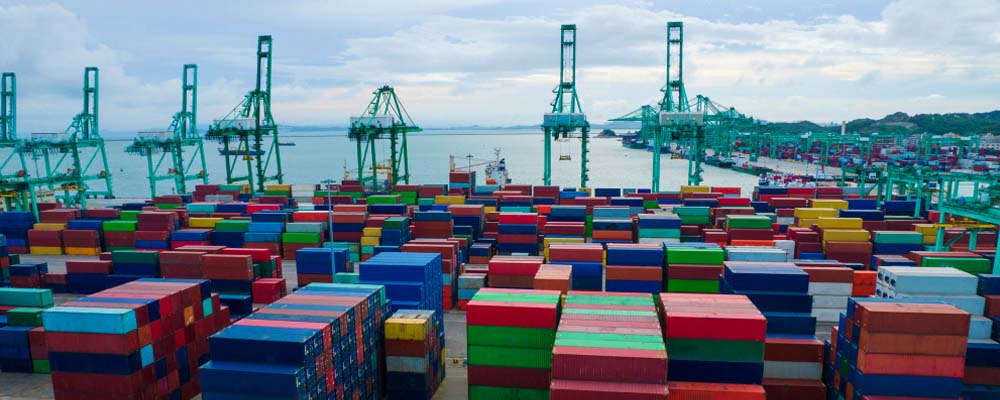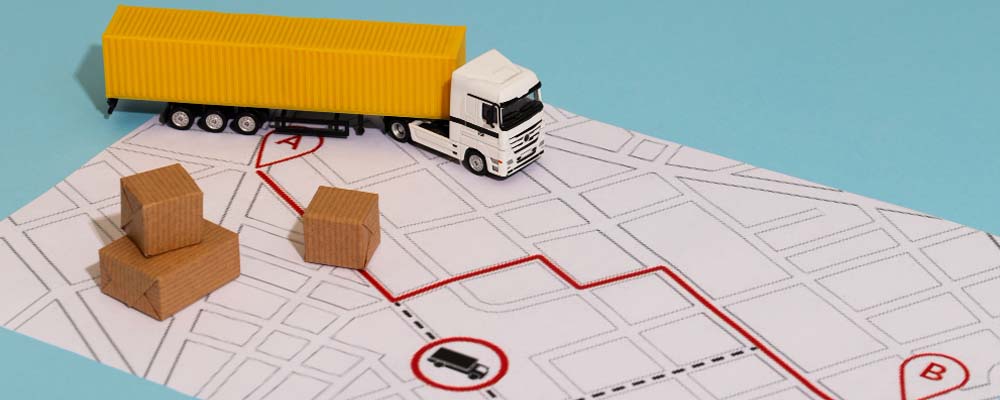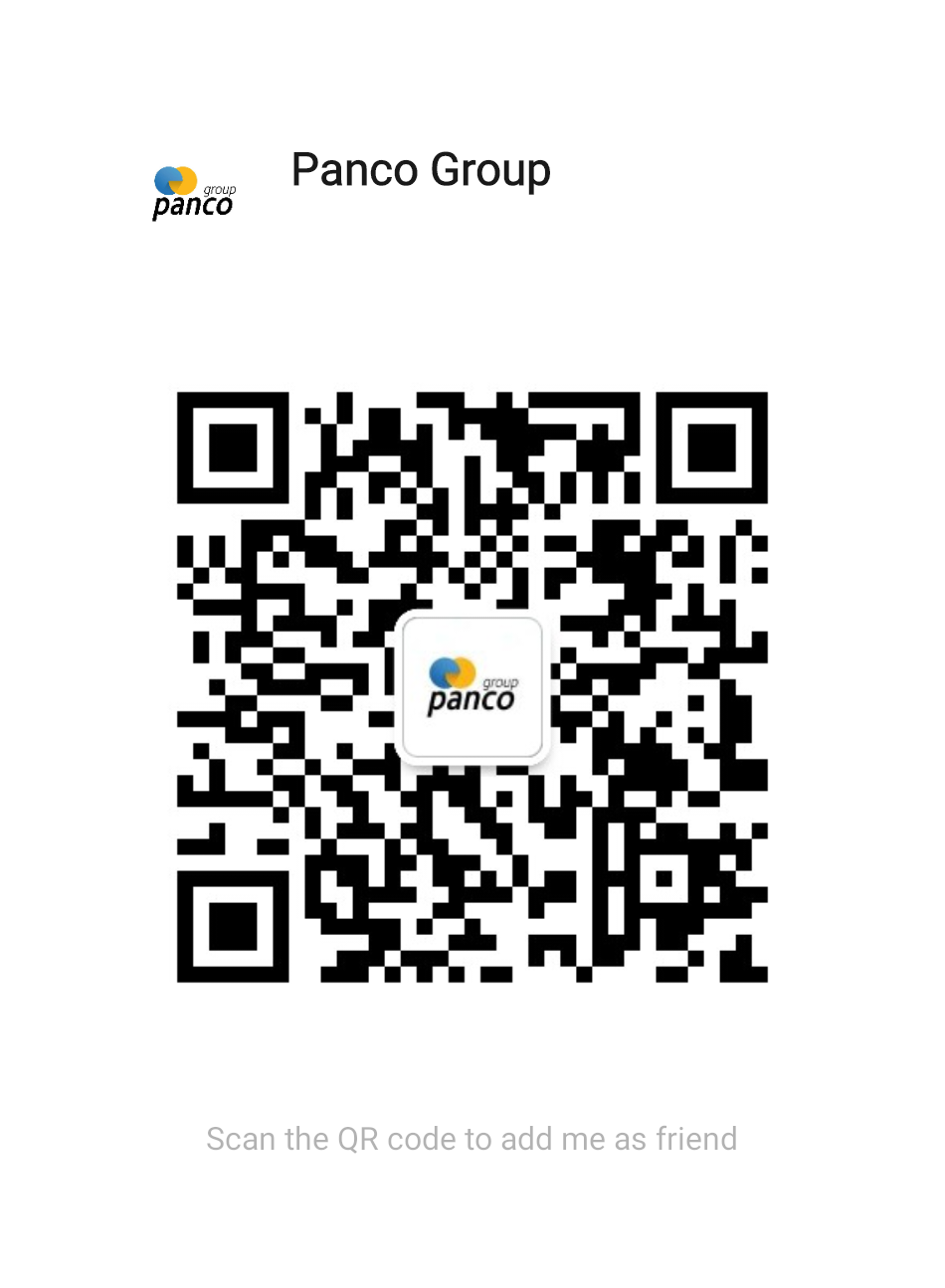
Shipping containers to Bangladesh is a nuanced process, critical for businesses engaged in international trade. As a rapidly growing economy with strategic significance in South Asia, Bangladesh has become an attractive destination for importers and exporters. This guide provides an in-depth look at how to efficiently and effectively manage container shipping to Bangladesh, tailored for freight forwarders, logistics providers, customs brokers, manufacturers, and e-commerce businesses.
1. Why Bangladesh Matters in Global Trade
Bangladesh’s significance in global trade stems from its thriving textile industry, strategic maritime position, and expanding consumer market. Key factors include:
- Economic Growth: Bangladesh boasts one of South Asia’s fastest-growing economies, making it a crucial trade hub.
- Manufacturing Powerhouse: The country is a global leader in textile and garment production, driving demand for imports of raw materials and machinery.
- Strategic Connectivity: Its ports link South Asia with international markets, enhancing its value in global supply chains.
2. Selecting the Right Container Type
Choosing the appropriate container is vital for successful shipping. Common container types include:
| Container Type | Best For |
|---|---|
| Standard Dry Containers | General cargo like textiles, electronics. |
| Refrigerated Containers | Perishables such as seafood and pharmaceuticals. |
| Flat Rack Containers | Heavy machinery and oversized equipment. |
| Open-Top Containers | Tall or irregularly shaped cargo. |
The container choice impacts cost, handling, and compliance with Bangladesh’s import requirements.
3. Key Ports in Bangladesh
Understanding Bangladesh’s ports helps streamline shipments. The primary ports include:
- Port of Chattogram (Chittagong)
- As the busiest port, Chattogram handles over 80% of the country’s container traffic.
- Advantages: Proximity to Dhaka; comprehensive facilities.
- Challenges: Frequent congestion, especially during peak trade seasons.
- Port of Mongla
- A secondary port, Mongla is less congested and ideal for bulk cargo.
- Advantages: Lower congestion levels.
- Challenges: Limited capacity compared to Chattogram.
- Payra Port
- Payra is an emerging port with ongoing developments to enhance capacity and facilities.
- Advantages: Potential for modern infrastructure.
- Challenges: Currently limited operational scale.
 4. Understanding Shipping Routes
4. Understanding Shipping Routes
Shipping routes to Bangladesh vary by origin, cargo type, and urgency. Key options include:
- Direct Routes
- Direct shipping from major ports like Singapore, Colombo, and Dubai ensures faster delivery.
- Transshipment Routes
- Transshipment via hubs such as Malaysia or Sri Lanka offers cost-effective alternatives for smaller shipments.
- Inland Waterways
- Bangladesh’s extensive river network facilitates transport from ports to inland destinations, reducing road congestion and costs.
5. Essential Documentation
Accurate documentation is crucial for smooth customs clearance. Common documents include:
| Document | Purpose |
| Bill of Lading (BOL) | Acts as proof of shipment and ownership. |
| Commercial Invoice | Details goods and transaction value. |
| Packing List | Provides cargo details for customs and inspection. |
| Certificate of Origin | Verifies the manufacturing origin of goods. |
| Import Permit | Required for specific regulated products. |
| Letter of Credit | Guarantees payment to the exporter. |
Ensure all documents align with Bangladesh’s regulations to avoid delays and penalties.
6. Navigating Customs Clearance
The customs process in Bangladesh is a critical step. Follow these key stages:
- HS Code Classification: Ensure accurate classification for proper duty calculation.
- Document Submission: Submit documents electronically via the ASYCUDA system.
- Duty Payment: Calculate and pay applicable duties and taxes.
- Physical Inspection: Customs officials may inspect shipments for compliance.
- Release Order: Obtain approval to move goods out of the port.
Working with an experienced customs broker can simplify this process and prevent errors.
 7. Duties and Taxes
7. Duties and Taxes
Understanding import costs is essential for accurate budgeting. Common duties and taxes include:
| Type | Rate |
| Customs Duty (CD) | Varies by product, often between 0-25%. |
| Value Added Tax (VAT) | Standard 15% on most goods. |
| Advance Income Tax (AIT) | Typically 5% of the assessable value. |
| Supplementary Duty (SD) | Applied to luxury or non-essential items. |
Pre-calculation of these costs ensures financial preparedness.
8. Partnering with Freight Forwarders
Freight forwarders play a pivotal role in managing container shipments. Evaluate potential partners based on:
- Experience: Proven expertise in Bangladesh’s shipping regulations.
- Network: Strong local partnerships with agents and customs officials.
- Comprehensive Services: From warehousing to inland logistics.
- Technology: Access to real-time tracking and advanced management systems.
9. Packaging and Labeling Standards
Ensuring proper packaging and labeling is crucial to protect cargo and comply with regulations:
- Material Durability: Use high-quality, tamper-resistant materials.
- Compliance Labels: Include HS codes, consignee details, and handling instructions.
- Markings: Follow international guidelines for transport and storage.
10. Addressing Common Challenges
- Port Congestion
- Issue: Delays during peak seasons.
- Solution: Use alternative ports like Mongla and schedule shipments in advance.
- Regulatory Complexity
- Issue: Navigating compliance can be daunting.
- Solution: Hire experienced customs brokers for seamless navigation.
- Weather Disruptions
- Issue: Bangladesh is prone to natural disasters.
- Solution: Insure shipments and build contingencies for delays.
 11. Optimizing Shipping Costs
11. Optimizing Shipping Costs
Cost efficiency is crucial for competitive trade. Strategies include:
- Consolidation: Combine shipments to maximize container utilization.
- Negotiated Rates: Secure better terms with carriers for bulk volumes.
- Advanced Planning: Avoid last-minute bookings, which often incur higher costs.
- Efficient Routing: Choose direct or optimal transshipment routes.
12. Emerging Trends in Bangladesh’s Shipping Sector
The future of shipping to Bangladesh is shaped by several trends:
- Port Development: Expansion projects at Chattogram and Payra will enhance capacity.
- Digital Advancements: Widespread adoption of electronic documentation and real-time tracking systems.
- Sustainability Initiatives: Increasing focus on eco-friendly shipping practices.
- Trade Agreements: New pacts may streamline regulations and reduce tariffs.
Conclusion
Shipping containers to Bangladesh demands careful planning, regulatory knowledge, and strategic partnerships. From selecting the right container to navigating customs and optimizing costs, every step is critical for success. By adhering to the guidelines outlined in this ultimate guide, businesses can unlock opportunities in one of South Asia’s most promising markets.
Whether you’re a freight forwarder, manufacturer, or e-commerce business, understanding the nuances of Bangladesh’s shipping landscape will empower you to enhance efficiency, reduce costs, and drive growth. Stay updated on industry trends and partner with trusted logistics providers to achieve seamless operations and maximize trade potential.




 4. Understanding Shipping Routes
4. Understanding Shipping Routes 7. Duties and Taxes
7. Duties and Taxes 11. Optimizing Shipping Costs
11. Optimizing Shipping Costs



